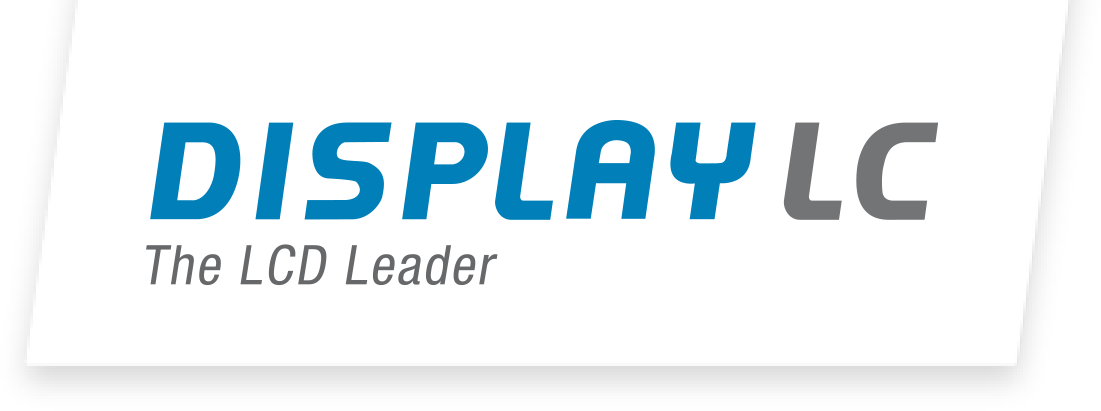
Optical Bonding vs.
Air Gap Bonding
Reading time: 5 minutes // D. Casadei
We all know the effect: Wherever you encounter a display, you almost automatically assume it has a touch screen. This is obvious, because nowadays new TFT solutions are very rarely equipped without a touch panel. From resistive touch panel (RTP, via pressure) to capacitive touch panel (PCAP, via conductivity), there are various possibilities.
The so-called "PCAP Touch" (Projected Capacitive or CTP for Capacitive Touch Panel) is becoming increasingly popular. As the market-leading touch variant in the meantime, different approaches to the connection (bonding) between touch sensor and TFT have been developed for PCAP Touch. The superior terms here are "optical bonding" and "air bonding". In this blog post, we would therefore like to go into details of both technologies and show the various differences.
Difference 1: The construction
With optical bonding, the air gap between the cover glass and the PCAP sensor as well as the air gap between the PCAP sensor and the LCD is filled with an optically highly transparent adhesive (also OCA for optical clear adhesive). This adhesive can be applied as a film or in liquid state.
With air gap bonding, on the other hand, only the cover glass and the PCAP sensor are bonded with an OCA. For the bonding between the PCAP sensor and the LCD, a surrounding frame of double-sided tape is used. This leaves an air gap between the components, hence the name air (gap) bonding.
Difference 2: The optical properties
The light emitted by the backlight is refracted less often using optical bonding than it is by using air gap bonding. This is due to the fact that with optical bonding the edge zones are overlapping thanks to the OCA. This means the light is not reflected at the boundary between bonding and CTP.
The same principle, only vice versa, also applies to the reflection of ambient light.
Due to the described reflections and refractions, a considerable loss of contrast can be observed, depending on the selected bonding technology. With optical bonding the losses are less than 5%, with air gap bonding somewhere between 5% - 20%. This is particularly noticeable in outdoor applications. Here is an example:
Difference 3: The lifetime
Due to the compact construction without an air gap, displays with optical bonding have a higher fracture resistance and therefore a longer service life than displays with air gap bonding. With air gap bonding, it is also important to note that the double-sided tape frame can lose its tightness over time. This makes it possible for condensation or dust to collect within the air gap. This is especially interesting for outdoor, mobility and vandal-proof applications.
Difference 4: The design
Another difference between the two bonding technologies is the aspect of design. With optical bonding, the display looks very uniform in combination with a black printed frame on the cover glass. This is often desired for home appliance applications in the high-end / premium area.
Which bonding technology is best for my product?
As it is often the case, the decision is usually made dependent on the price. Due to the more complex production process of optical bonding, there are price differences of a few dollars depending on the size of the display. So, it remains to be considered whether one decides in favor of the more expensive bonding technology only because of the design aspect or whether the other advantages of optical bonding over air gap bonding also come into play.
Do you have any further questions? We are looking forward to hearing from you.

